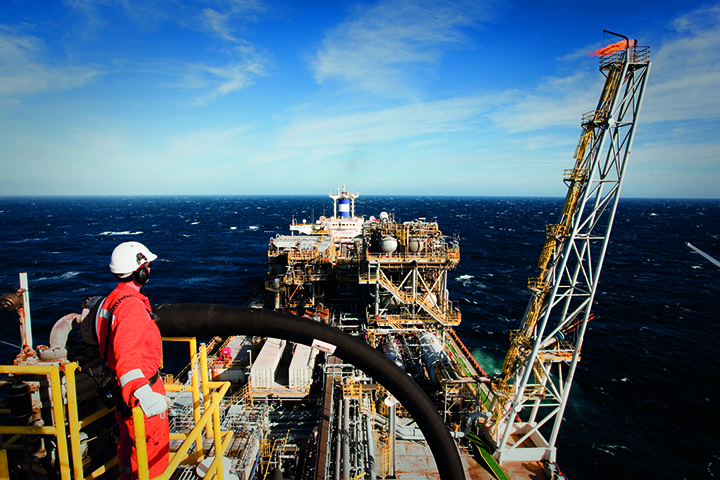Whether it’s machinery, land transport (light and heavy), aviation, asphalt, lubrication, and even PPE clothing, petroleum products are widely used in this country and will continue to be for decades. By NEIL RITCHIE
But unless more oil is continued to be discovered over the next decade, asphalt (bitumen), composed almost entirely of petroleum, and other oil-based products will become more expensive and force up the cost of roading maintenance and construction.
In addtion, many petroleum by-products are used in cosmetic creams and pharmaceuticals., while most plastics come from petroleum derivatives that are used in the manufacture of clothing, computers, monitors, and many other things. Without new petroleum discoveries these will be more expensive to buy if they have a “Made in New Zealand” element.
All Kiwi petroleum – containing crude oil, condensate (light oil), natural gas and liquefied petroleum gas (LPG) produced each year is equivalent to about 15 million barrels. This is an infinitesimal amount compared to global production of about 35 billion barrels annually.
All our petroleum currently comes from the Taranaki region where natural gas is an essential feedstock for many industries, such as the Methanex NZ methanol plants, which earn hundreds of millions of dollars in foreign exchange each year, and the Ballance Agri-Nutrients ammonia urea plant, which provides essential fertiliser for the country’s agriculture. Without this facility, more fertiliser would have to be imported at further cost.
Natural gas (considered globally a very ‘clean’ energy) also supports a range of other economic activities such as industrial furnaces, milk drying, timber processing steel production and various domestic uses from Whangarei to Wellington. There is limited LPG distribution in the South, Island but no reticulated natural gas (until it is discovered off the South Island coast in the future maybe).
New Zealand’s self-sufficiency in oil is slightly less than 30 percent, with the rest coming from imports.
At present a little less than 15 million barrels of crude and condensate is produced here, while about 40 million barrels of crude oil is imported – mainly from the Middle East or Asia and refined at the Marsden Point Refinery where “heavy” crudes containing high levels of sulphur are refined. This is more difficult and costly to refine than the “sweet” Kiwi oil that is exported, primarily to the East Coast of Australia and Sinagpore, and fetches better prices on international markets.
Still, the Kiwi upstream oil and gas sector contributes about $2.5 billion annually to this country’s coffers, but this will keep decreasing as production, particularly from offshore fields continues to plunge.
But four of the five offshore fields – the Maari-Mania and Tui oil fields, plus the Maui and Kupe gas fields – are in the last years of their economic lives.
So unless more discoveries are made in the next few years, our country will be losing foreign exchange earnings annually and will bear the cost of increasing imported crude oil from regions that don’t necssarily have the same ‘environmental risk’ standards we have.


Parting words from Jeremy Sole- a final column